1. Lawn Darts

It’s hard to believe these were once marketed as a wholesome backyard game. Known as “Jarts,” these metal-tipped projectiles were supposed to be gently lobbed toward a target circle on the lawn. But it didn’t take long for things to go wrong. Dozens of injuries and even a few tragic deaths led to their ban in the late ’80s. Parents who grew up with them now shudder at the thought of letting their own kids near them. The darts were heavy, sharp, and could easily pierce a skull if thrown with force. For something sold alongside Wiffle balls and Frisbees, they were wildly dangerous shares Mental Floss.
Despite being pulled from shelves, they still pop up at yard sales or in dusty garages, a relic of a less safety-conscious time. Some collectors even seek them out for the nostalgia factor. But they serve as a pretty sobering reminder that just because something is sold as a toy doesn’t mean it’s safe to play with adds the Hustle Daily.
2. Gilbert U-238 Atomic Energy Lab

Yes, a children’s toy once came with actual radioactive materials. The Gilbert U-238 Atomic Energy Lab was released in the 1950s and included real samples of uranium ore, plus a Geiger counter and other lab tools to perform nuclear experiments. At the time, atomic energy was all the rage, and this kit was supposed to inspire future scientists. Instead, it ended up sounding like a supervillain origin story waiting to happen says Newsweek.
It didn’t last long on the market, thankfully. Concerns about radiation exposure and overall safety shut it down pretty quickly, though not before a few hundred were sold. It’s wild to think any parent unwrapped that on Christmas morning and thought, “This looks fine.” Today, it’s mostly remembered as one of the most ill-advised educational toys in history adds New York Post.
3. Snacktime Cabbage Patch Kids
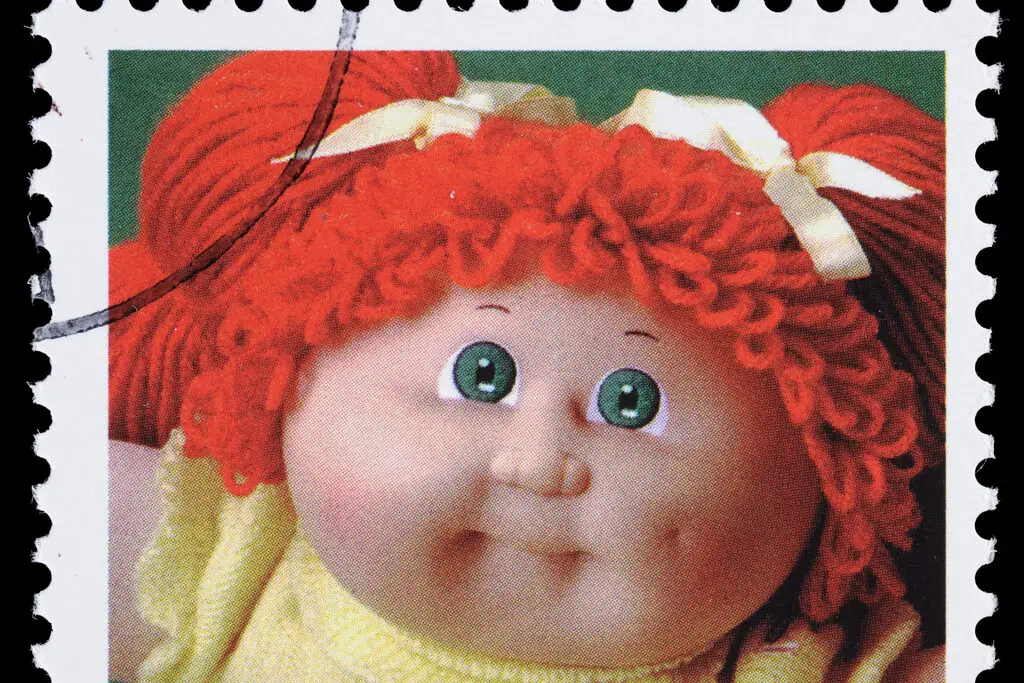
These dolls were meant to be interactive and fun, with motorized jaws that “ate” plastic snacks. Sounds innocent enough, until kids started getting their fingers and even hair caught in the doll’s relentless chewing mechanism. There was no off switch, so once the mouth started moving, it wasn’t stopping until the toy was unplugged or the batteries ran out. It turned snack time into something straight out of a horror movie.
Parents reported some terrifying incidents, and the Consumer Product Safety Commission got involved pretty quickly. Mattel pulled the dolls off the shelves in 1997, not long after they launched. While the idea of a doll with lifelike actions was appealing, this one crossed into unsafe territory fast. The whole situation proved that even the cutest toys can have a dark side.
4. Sky Dancers

Sky Dancers looked magical at first glance. These fairy-like toys launched into the air by pulling a string on their base, spinning and soaring with colorful wings. But those wings? They were made of hard plastic and moved with serious speed. It didn’t take long before kids were being smacked in the face or poked in the eye by their favorite toy.
Hundreds of injuries were reported, including temporary blindness, chipped teeth, and facial lacerations. The toy was eventually recalled in the early 2000s, but by then, many kids had learned the hard way that flying dolls could be more danger than delight. They’re a great example of a toy that looked gentle but packed a surprising punch.
5. Aqua Dots
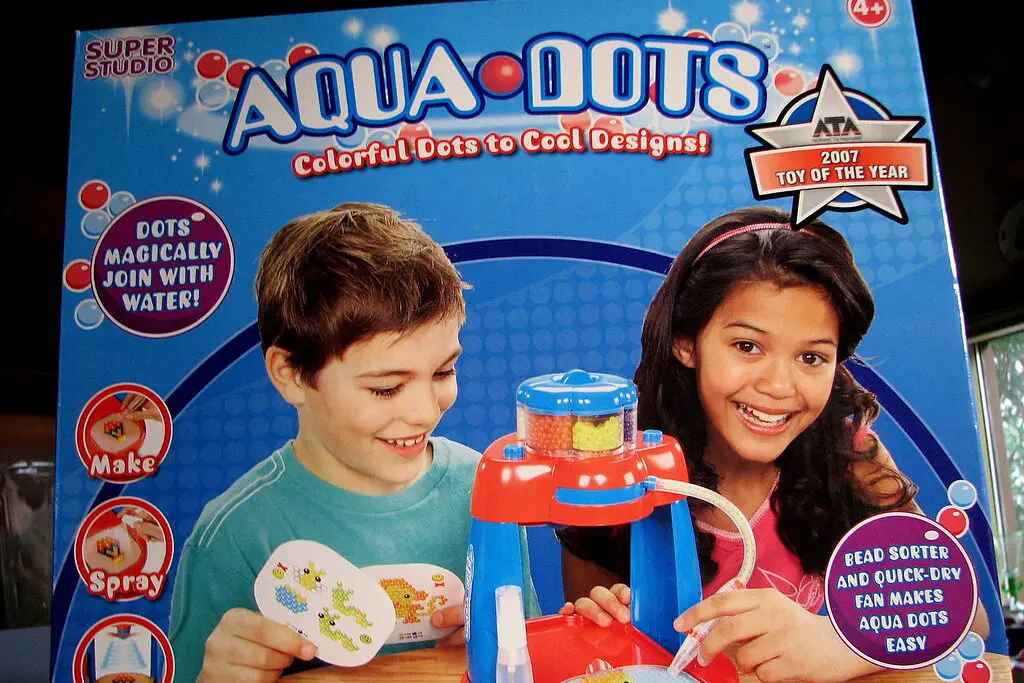
These tiny, colorful beads were supposed to be used to create art that magically fused with water. But somewhere along the manufacturing line, something went very wrong. The coating on the beads metabolized into GHB, the so-called “date rape drug,” when ingested. Kids, being kids, sometimes swallowed the beads, leading to multiple cases of unconsciousness and hospitalization.
The product was pulled in 2007 and recalled worldwide. It was one of the more shocking toy scandals in recent memory, mostly because it didn’t look dangerous at all. Parents assumed it was just another arts-and-crafts activity. Instead, it turned into a lesson in just how much trust we put in toy safety—and how easily that trust can be broken.
6. CSI: Fingerprint Examination Kit

This toy seemed like a fun way for kids to pretend to be crime scene investigators. It came with fingerprint powder, brushes, and adhesive lifters. But the fingerprint powder turned out to contain up to 7% asbestos, a known carcinogen. The risk was especially high because the powder was so fine, making it easy to inhale during play.
The kit was pulled from shelves in 2007, but not before thousands had been sold. It’s chilling to think that something meant to be educational could have long-term health effects. Toy safety testing has improved a lot over the years, but this kit showed that even big-name franchises aren’t immune to dangerous oversights.
7. Battlestar Galactica Missile Launcher

Back in the late ’70s, kids were obsessed with all things space-related, and Battlestar Galactica toys were no exception. The original missile-firing ships had spring-loaded projectiles that seemed harmless enough. But when a young boy tragically choked on one of the tiny missiles, the danger became instantly clear. The toy was recalled, and companies quickly rethought how they handled projectile-based toys.
Afterward, toy manufacturers started gluing down or redesigning missiles so they wouldn’t pose choking hazards. This toy in particular led to widespread changes in industry safety standards. It’s heartbreaking that it took a tragedy to make that happen, but it did pave the way for safer designs across the board.
8. Clackers
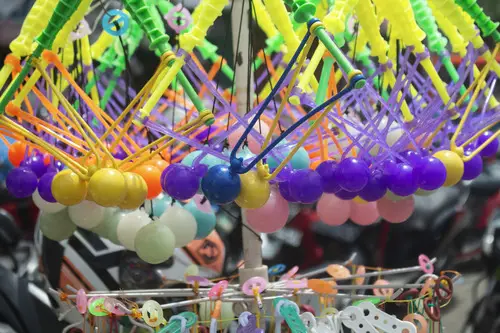
These were basically two acrylic balls on a string that kids would swing up and down until they clacked against each other. It was oddly mesmerizing, but also incredibly risky. The balls could shatter under pressure, sending shards flying into eyes, faces, or unsuspecting bystanders. Injuries were common, especially once kids figured out how to make them swing harder and faster.
Despite being pulled from stores, Clackers made a brief comeback under different names. But they never fully shook their reputation for being more dangerous than fun. For a toy with no sharp edges or toxic parts, it still managed to cause a lot of damage. Sometimes, simplicity doesn’t equal safety.
9. Easy-Bake Ovens (2007 version)
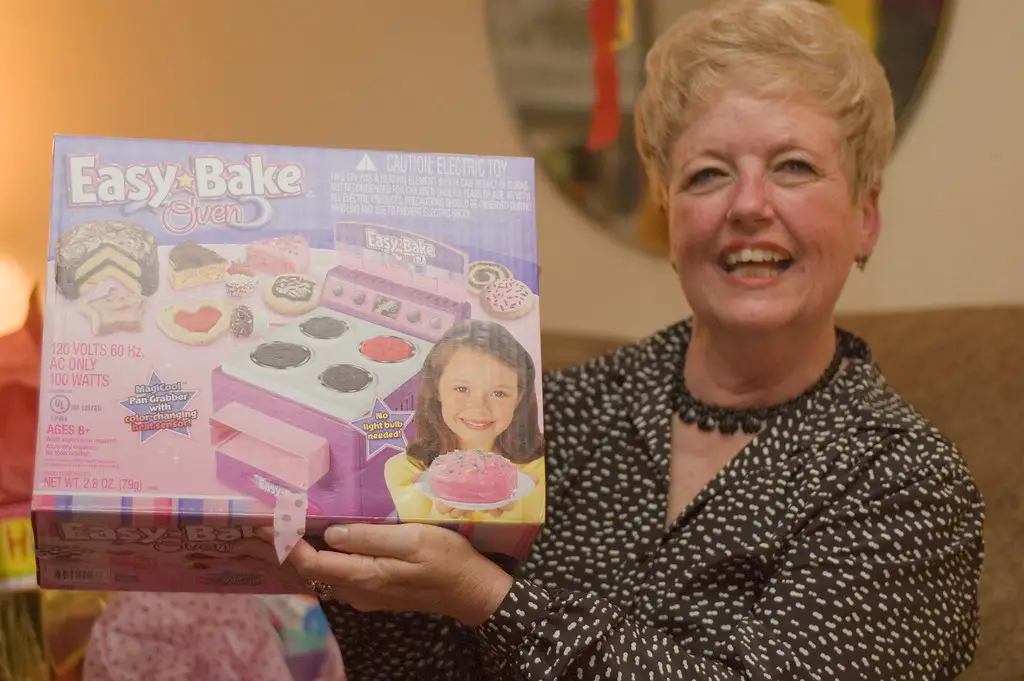
The original versions of this toy were beloved, giving kids their first taste of independence in the kitchen. But the 2007 version had a design flaw that allowed small hands to get stuck in the oven’s front-loading door. Over 70 children were injured, with some suffering second and third-degree burns. One young girl even had to have part of her finger amputated.
The ovens were recalled shortly after the reports surfaced. While the concept of a toy oven is still charming, it served as a reminder that even minor design tweaks can have serious consequences. Today’s models are much safer, but that version left a lasting mark on many families.
10. Pogo Balls

These looked like a cross between a pogo stick and a beach ball. Kids would stand on a platform with a rubber ball in the center and try to bounce around like a maniac. They were marketed as fun fitness toys, but in practice, they led to sprains, broken bones, and more than a few trips to the ER. Balance was tough to master, and one wrong move could send a kid flying.
They were eventually discontinued, though you’ll still find a few bouncing around online. They were fun for a few minutes, but the risk often outweighed the reward. For a toy that was supposed to promote coordination, it ended up causing more wipeouts than wins.
11. Magnetix

These building sets used powerful rare-earth magnets to connect plastic pieces, encouraging creative play. The issue came when the tiny magnets came loose and were swallowed by children. If more than one was ingested, they could attract each other through intestinal walls, leading to serious internal injuries and even death.
After several emergency surgeries and one fatality, the toys were pulled and redesigned. Strong warnings were added to future magnetic sets, and safety testing was beefed up across the board. It was a scary situation that showed how even educational toys can become dangerous when small parts are involved.
12. Creepy Crawlers Thingmaker (original version)
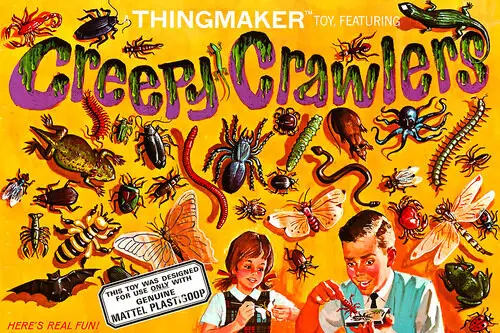
This popular ’60s toy let kids create their own rubbery bugs using liquid plastic poured into metal molds. The catch? The molds were heated to around 400 degrees Fahrenheit using an open-face electric hot plate. Burns were common, and the smell of melting plastic wasn’t exactly pleasant either.
Still, kids loved it, and some parents figured a few burns were just part of growing up. Eventually, safer versions were made using lower-heat designs. But that original Thingmaker was more like a science experiment than a toy. It’s hard to imagine anything like it passing modern safety checks today.
